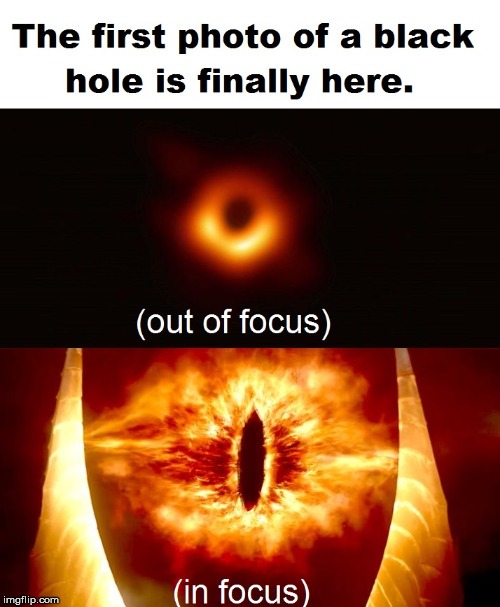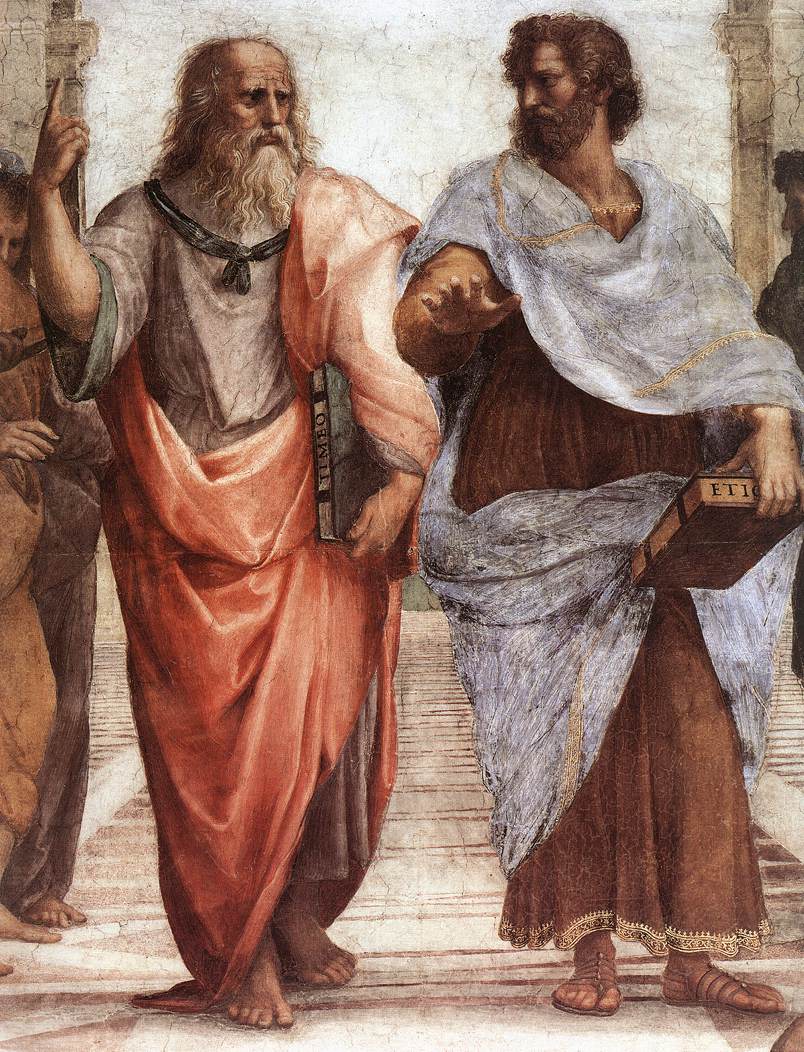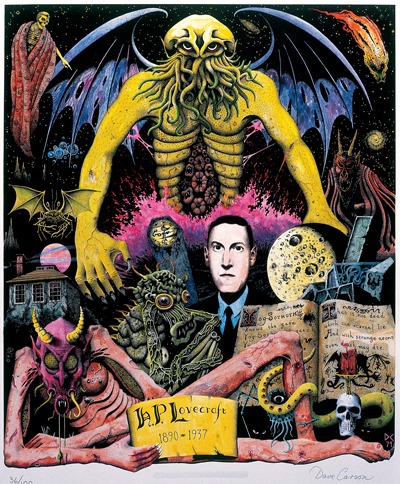Herodotus was regarded as a lunatic for speaking of a people who he was told slept during a night which lasted six months. If we explain the word “slept” by an easy misunderstanding it will be more than easy to account for the rest as an allusion to the night of the Polar Regions. Pliny has an abundance of facts in his work, which until very recently, were rejected as fables. Among others, he mentions a race of small animals, the males of which suckle their young ones. This assertion afforded much merriment among our savants. In his Report of the Geological Survey of the Territories, for 1872, Mr. C. H. Merriam describes a rare and wonderful species of rabbit (Lepus Bairdi) inhabiting the pine-regions about the head-waters of the Wind and Yellowstone Rivers, in Wyoming. Mr. Merriam secured five specimens of this animal, “which . . . are the first individuals of the species that have been brought before the scientific world. One very curious fact is that all the males have teats, and take part in suckling their young! . . . Adult males had large teats full of milk, and the hair around the nipple of one was wet, and stuck to it, showing that, when taken, he had been engaged in nursing his young.” In the Carthaginian account of the early voyages of Hanno, was found a long description of “savage people . . . whose bodies were hairy and whom the interpreters called gorillae”; [[anthropon agrion]] as the text reads, clearly implying thereby that
Page 413
these wild men were monkeys. Until our present century, the statement was considered an idle story, and Dodwell rejected altogether the authenticity of the manuscript and its contents. The celebrated Atlantis is attributed by the latest modern commentator and translator of Plato’s works to one of Plato’s “noble lies.” Even the frank admission of the philosopher, in the Timaeus, that “they say, that in their time . . . the inhabitants of this island (Poseidon) preserved a tradition handed down by their ancestors concerning the existence of the Atlantic island of a prodigious magnitude . . . etc.” does not save the great teacher from the imputation of falsehood, by the “infallible modern school.”
Among the great mass of peoples plunged deep in the superstitious ignorance of the mediaeval ages, there were but a few students of the Hermetic philosophy of old, who, profiting by what it had taught them, were enabled to forecast discoveries which are the boast of our present age; while at the same time the ancestors of our modern high-priests of the temple of the Holy Molecule, were yet discovering the hoof-tracks of Satan in the simplest natural phenomenon. Says Professor A. Wilder: “Roger Bacon (thirteenth century), in his treatise on the Admirable Force of Art and Nature, devotes the first part of his work to natural facts. He gives us hints of gunpowder and predicts the use of steam as a propelling power. The hydraulic press, the diving bell and kaleidoscope are all described.”
The ancients speak of waters metamorphosed into blood; of blood-rain, of snow-storms during which the earth was covered to the extent of many miles with snow of blood. This fall of crimson particles has been proved, like everything else, to be but a natural phenomenon. It has occurred at different epochs, but the cause of it remains a puzzle until the present day.
De Candolle, one of the most distinguished botanists of this century, sought to prove in 1825, at the time when the waters of the lake of Morat had apparently turned into a thick blood, that the phenomenon could be easily accounted for. He attributed it to the development of myriads of those half-vegetable, half-infusory animals which he terms Oscellatoria rubescens, and which form the link between animal and vegetable organisms. Elsewhere we give an account of the red snow
Page 414
which Captain Ross observed in the Arctic regions. Many memoirs have been written on the subject by the most eminent naturalists, but no two of them agree in their hypotheses. Some call it “pollen powder of a species of pine”; others, small insects; and Professor Agardt confesses very frankly that he is at a loss to either account for the cause of such phenomena, or to explain the nature of the red substance.

Moe is the founder of GnosticWarrior.com. He is a father, husband, author, martial arts black belt, and an expert in Gnosticism, the occult, and esotericism.






